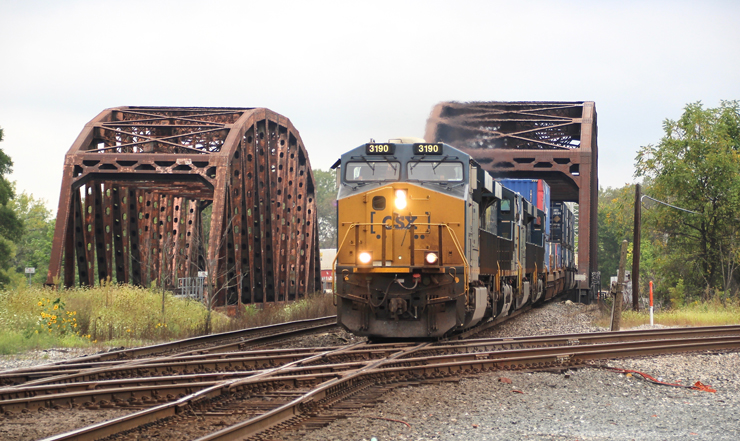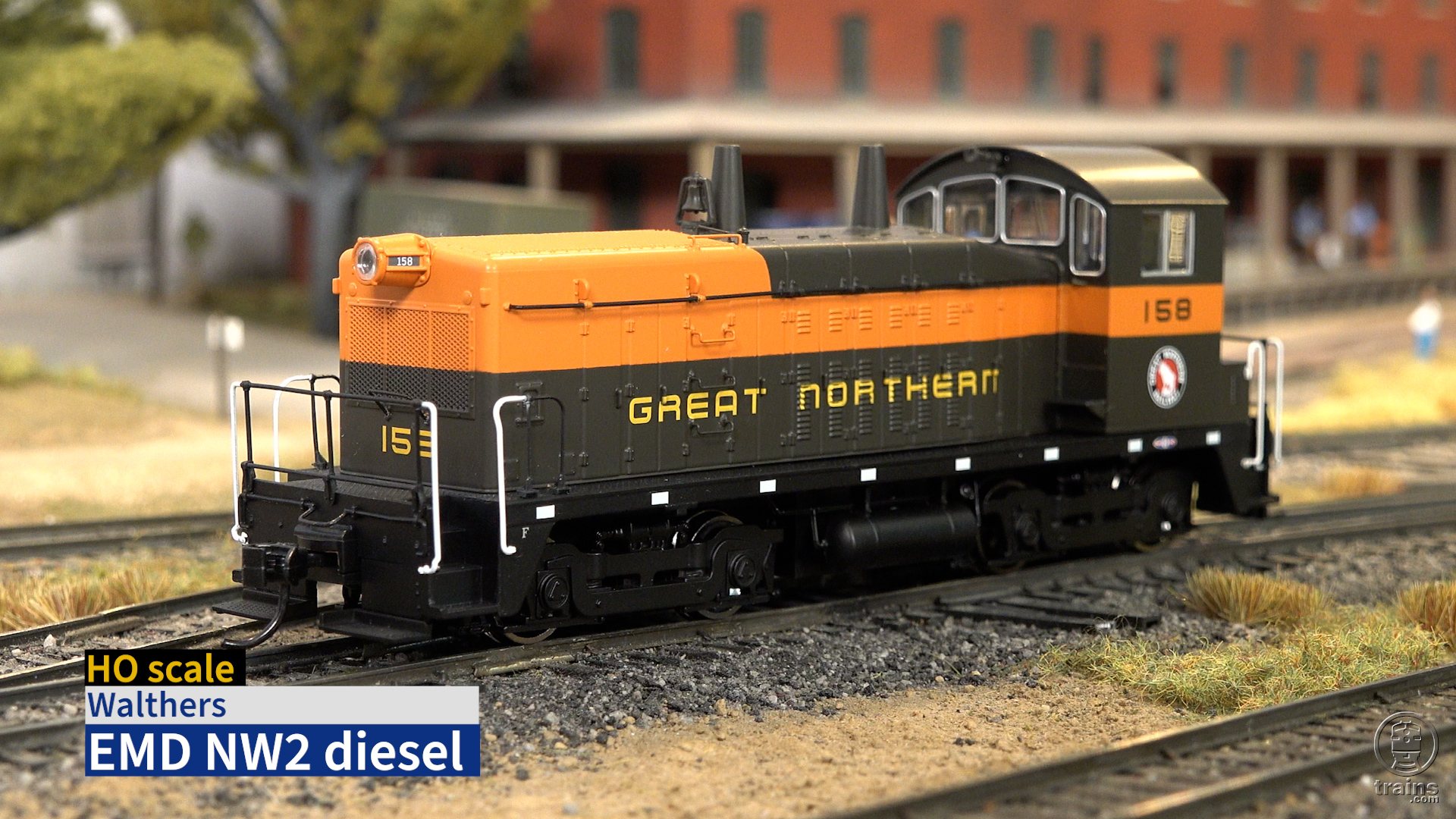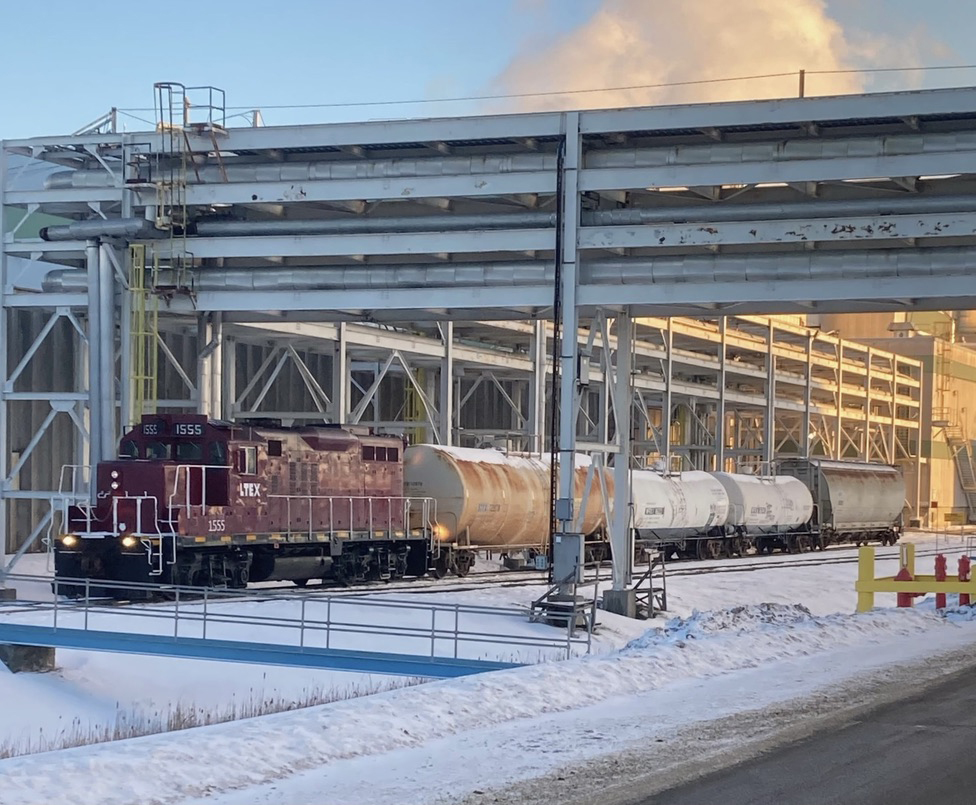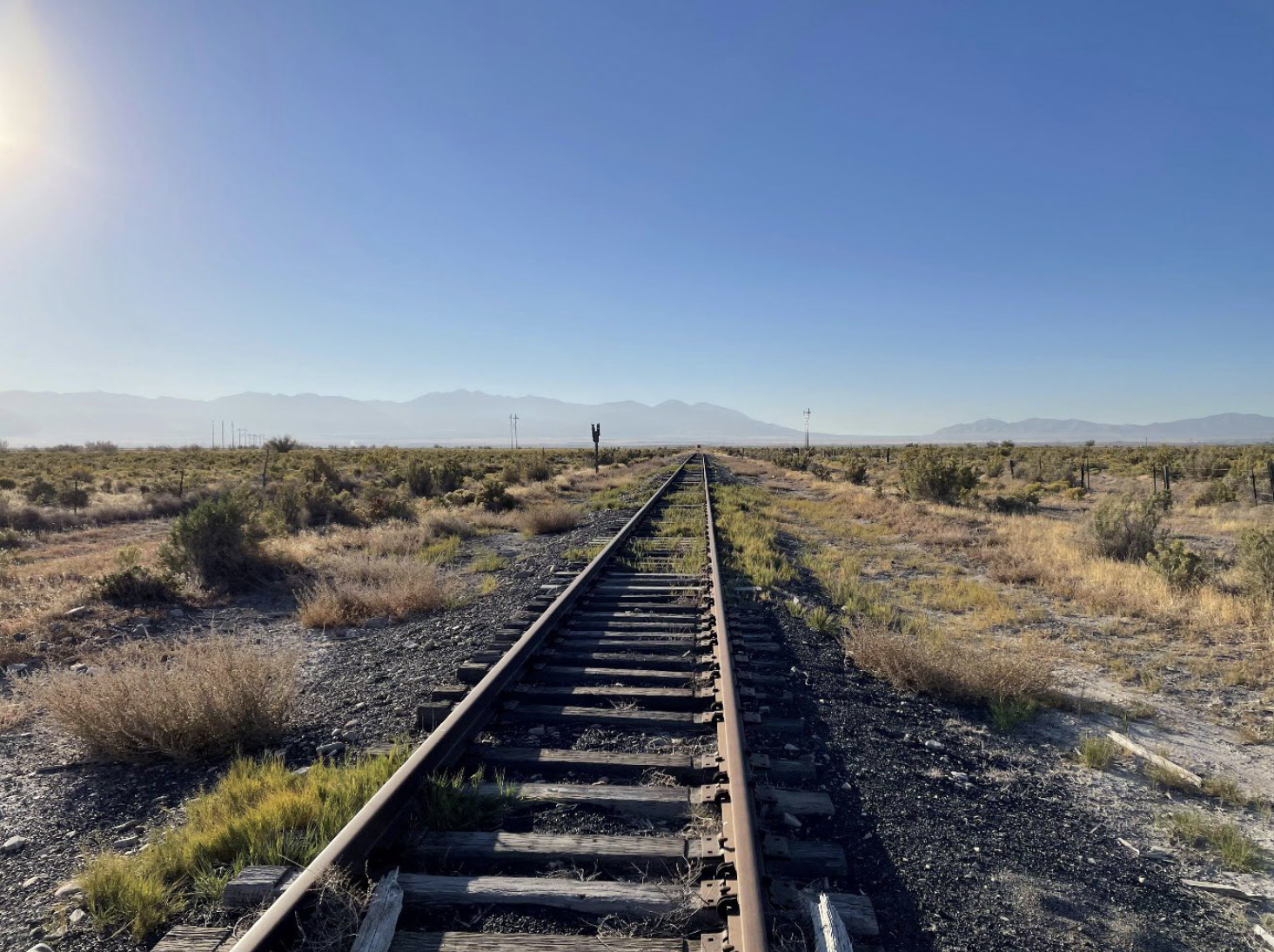
WASHINGTON, D.C. — U.S. Sen. Bob Casey (D-Pa.) has introduced a bill to give the U.S. Department of Transportation greater oversight of the inspection of railroad bridges, including the ability to investigate claims made by communities that bridges are unsafe.
The Rail Bridge Safety and Transparency Act was introduced on Thursday, Aug. 1. U.S. Rep. Summer Lee (D-Pa.) plans to introduce companion legislation in the House shortly. It would cover more than 100,000 rail bridges nationwide.
“The Commonwealth knows all too well how loose safety standards can cause train derailments and threaten communities,” Casey said in a press release. “This bill is another step to raise safety standards, hold big rail companies accountable, and protect communities from preventable tragedies.”
The full text of the bill was not released, but a summary from Casey’s office says it would require the U.S. DOT to “set broad, comprehensive standards for rail bridges and require railroads to inspect their bridges in line with these standards.” The DOT would also perform random inspections and compare its results with those reported by railroads; if a pattern of discrepancies between the DOT and railroad inspections develops, railroads could be fined.
The bill would also require the DOT to keep a database of bridge inspection reports, which would be available to communities on request, and would allow communities to report unsafe bridges. The DOT would investigate these claims and could shut down the bridges if needed.














I agree with you Steve Foster. Ever since I was a young man many years ago I have always believed in term limits. Regarding bridges, the government does such an outstanding job maintaining their own bridges. HA HA. Look around at every state including my own state of Washington. The bridges are in deplorable condition.
One other point —- wouldn’t this relieve the railroads of liability for condition of their bridges, and transfer that liability to USDOT. USDOT wouldn’t give a {deleted} because the government isn’t financially responsible for anything.
Yet another abuse of federal government on state rights. The federal government doesn’t have the right to do this. The states do.
Casey is up for re-election this year for his 4th term so I’m not surprised at anything he comes up with to get attention. His has lots of adds saying how big, bad businesses are too profitable and the higher costs we all are now paying are totally due to them ripping off the consumer. Of course, he never mentions government spending and the ballooning national debt that he always keeps voting for. I consider him one of many good examples for why we need term limits for Senators and representatives.
There is a railroad girder bridge over a street in Shelburne Falls, MA with some rust holes in it. The bridge is on the Pan Am Southern now owned jointly by CSX and NS and operated by Berkshire and Eastern. I don’t know whom to report it to.
Whether the railroad or the government, someone should inspect it.
How do they define the term “bridge”? There are “bridges” that used to be supporting a second (or more) track that are abandoned in place. The same might also now host an access road for employees. A bridge could span the widest part of the Mississippi River, or it could be an 4-foot-long thing spanning a cattle underpass or tiny brook. There are bridges within underground approaches to railroad and subway stations – heck, technically, the upper level of Grand Central Terminal is a bridge over the lower level of the terminal. And many of these bridges are younger and carry less traffic than the government owned highway bridges that have made the evening news headlines. Maybe the senator should introduce legislation to protect bridges from cargo ships that cannot find the right channel, or barges that aren’t properly controlled by their tugboats.
Imagine if USDOT took over highway bridge inspection from the fifty state highway departments, or the countless thousands of counties, cities, park districts, etc. that maintain and build roads. The result would be utter chaos
Alan you have a point. If we delete the term “bridge” and substitute the more useful term “structure”, we can see where this leads.
For an analogy look at highways. It may vary by state — here is a list of what a typical state highway department might consider “structures” which must be inspected on a regular basis (say, on two to three year intervals): bridges (excluding culverts), retaining walls (excluding landscape walls), high-mast light towers, sign bridges (a/k/a overhead sign sign supports), some traffic signal supports.
Highway structure inspectors need familiarity with the designs and practices of structural engineers within their own state. How many different railroad companies built the structures now found on the railroads?
This legislation would lead our (otherwise incompetent) federal government down the rabbit hole. If we had a competent USDOT secretary (we most certainly do not) he or she would tell Congress that this legislation would lead the government where it doesn’t want to go.
Is freight rail service really necessary?
The bridge failures we read about in the papers are government owned, including on the interstates. Maybe we should fix those first?
Yet another rule that makes less sense the more you look at at.
(1) Bridge inspection is labor-intensive, and the labr is highy trained and specialized.
(2) Bridge inspectors need permission to be anywhere on the property (let alone hanging beneath a bridge deck).
(3) A data base of brdiges needs to exist.
(4) The bridge insector needs familiarity with the r/w and withthe structures themselves. He/she needs access to current structure plans.
All the above is doable, given enough time and enough money. A simpler solution (and a better policy) is to hold the owners of the bridges responsible for their own structures.